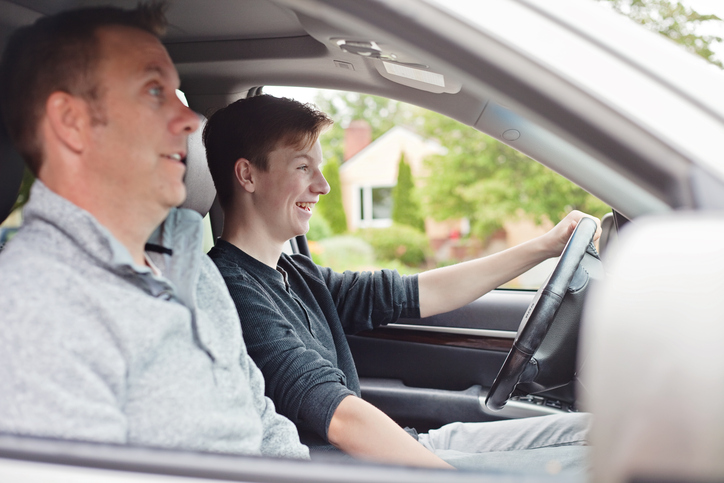6 Tips For Parents With Teen Drivers

Whether you’re the parent of a teen driver or will be in the near future, the idea of having another driver in the house can be exciting and stressful. It can be easy to feel out-of-control when your teen is behind the wheel. With these six driving tips for teens and their parents, the auto accident attorneys at The Law Offices of Michael B. Brehne, P.A. hope everyone has a safe driving lesson.
The Dos & Don’ts As The Parent Of A Teen Driver
Do Start Slowly
Ease your teen driver into their time behind the wheel by starting with 20-minute (or shorter) lessons. The early lessons should focus on building confidence step-by-step rather than a full inundation at once. As their confidence and skills build, periodically increase the length of each session. Begin with daylight drives then slowly add time during the evening and nights. Only start driving lessons in inclement weather when the teen has displayed proficiency.
Do Know Your Responsibilities
Parents of teen drivers in Florida are required to complete and sign the Certification of Minor Driving Experience Form, among other legally mandated requirements, before the teen can receive a driver’s license. This form states the driver has at least 50 hours of driving experience, with at least 10 of the hours completed at night. Plus, drivers education for teenagers is required before they can apply for a learner’s permit.
Do Show Patience & Understanding
Just as it took you time to learn the rules of the road, it’ll take time for your teen to learn everything about driving. Instead of pointing out mistakes, frame the situation differently as a chance to learn. An example could be not using a turn signal before making the turn. Ask your teen if the other vehicles around would have known they were about to make a turn or not. Remember that patience, understanding, and positive reinforcement will be welcomed reassurance as the driver learns.
Do Be The Driver You Want Them To Be
Leading by example applies to many situations but few more so than when teaching your teenager to drive. Even before they reach driving age, kids are watching and learning when you drive. Model the behaviors you want to pass on, such as always wearing a seatbelt, obeying traffic signals, and never using a cell phone while driving.
Don’t Be Afraid To Set Your Own Boundaries
Many parents feel it’s difficult to set — and enforce — boundaries with a new driver. Then, when you consider many vehicles are loaded with built-in distractions, such as touchscreen dashboards, the prospect may seem daunting. But, setting realistic boundaries, such as “no music” for the first several weeks of solo driving, can reinforce that you trust them behind the wheel. If you decide to change the boundaries, whether expanding or contracting, make sure the teen driver is always aware and has the opportunity to discuss the changes.
The Ultimate Don’t: Never Use A Cell Phone While Driving
A study by the University of Texas found a person’s cognitive capacity — how well the brain can hold and process information at any time — declines when a cell phone or smartphone is present. Therefore, of all the teen driving tips, the one to continually and consistently drive home is not to use a cell phone, even handsfree, while driving.
It’s common to think teens are calling and texting one another while driving. But parents can be a part of the problem as well. Liberty Mutual Insurance and Students Against Destructive Decisions found up to one-quarter of teens feel an expectation to reply to their parents within five minutes. On the other hand, the study discovered 58 percent of parents don’t have a set expectation of when they expect a reply to a phone call or text message. If you have an established system for replying to calls and texts, it may be time to make some adjustments.
Before you or your teen buckles up, put all smartphones in the glove compartment and disconnect any Bluetooth connections for handsfree calling and/or texting. If your vehicle doesn’t have a hands-free feature, make sure all phones are set to silent mode so notifications for calls and texts don’t tempt you to answer or respond.